Bite-sized fantasy reads under 300 pages offer intuitive storytelling with original elements.
Children’s standalone novels, such as those by Neil Gaiman and Terry Pratchett, reap the benefits of brevity by repurposing familiar tropes.
Anthologies like Vampires Never Get Old provide fresh takes on classic fantasy themes, also within a reasonable number of pages.
For every epic fantasy series (of which there are plenty!), there is also a great 300-page fantasy that is the equivalent of a finger size sandwich, a quick thing that will absorb your attention and then disappear. Books like this have the challenge of the equivalent of stuffing world-building into a much smaller consumer treat. Sometimes, they forego world-building and exposition entirely. This means you experience them less discursively, and you have to give in to the feel of the story rather than pressing for some strict logic.
While we can praise Neil Gaiman and Terry Pratchett (who are also famed for their successful series titles) as creators of some wonderful singular fantasy works, they are far from the norm for producing it in a format shorter than 300 pages.
It is less risky for an author to produce a comparatively short story when using well-known tropes that the reader recognises – you know what is expected, so you are free to enjoy Gaiman’s or Pratchett’s inventiveness within the frame. But another way to assuage your desire to read a shorter fantasy tale would be to explore anthologies.
While anthologies might be shorter in page count, they will likely have several 15- to 20-page stories that, when placed within the other stories, fill out the smaller word counts but remain as satisfying whole units in their own right.
10 Great Fantasy Books That Are Under 300 Pages
| Book | Release date |
|---|---|
| The Phantom Tollbooth | 1961 |
| The Colour of Magic | 1983 |
| Matilda | 1988 |
| Coraline | 2002 |
| The Tale of Despereaux | 2003 |
| The Honey Month | 2010 |
| The Ocean at the End of the Lane | 2013 |
| Vampires Never Get Old: Tales With Fresh Bite | 2020 |
| Piranesi | 2020 |
| I’m Afraid You’ve Got Dragons | 2024 |
10 Coraline
By Neil Gaiman
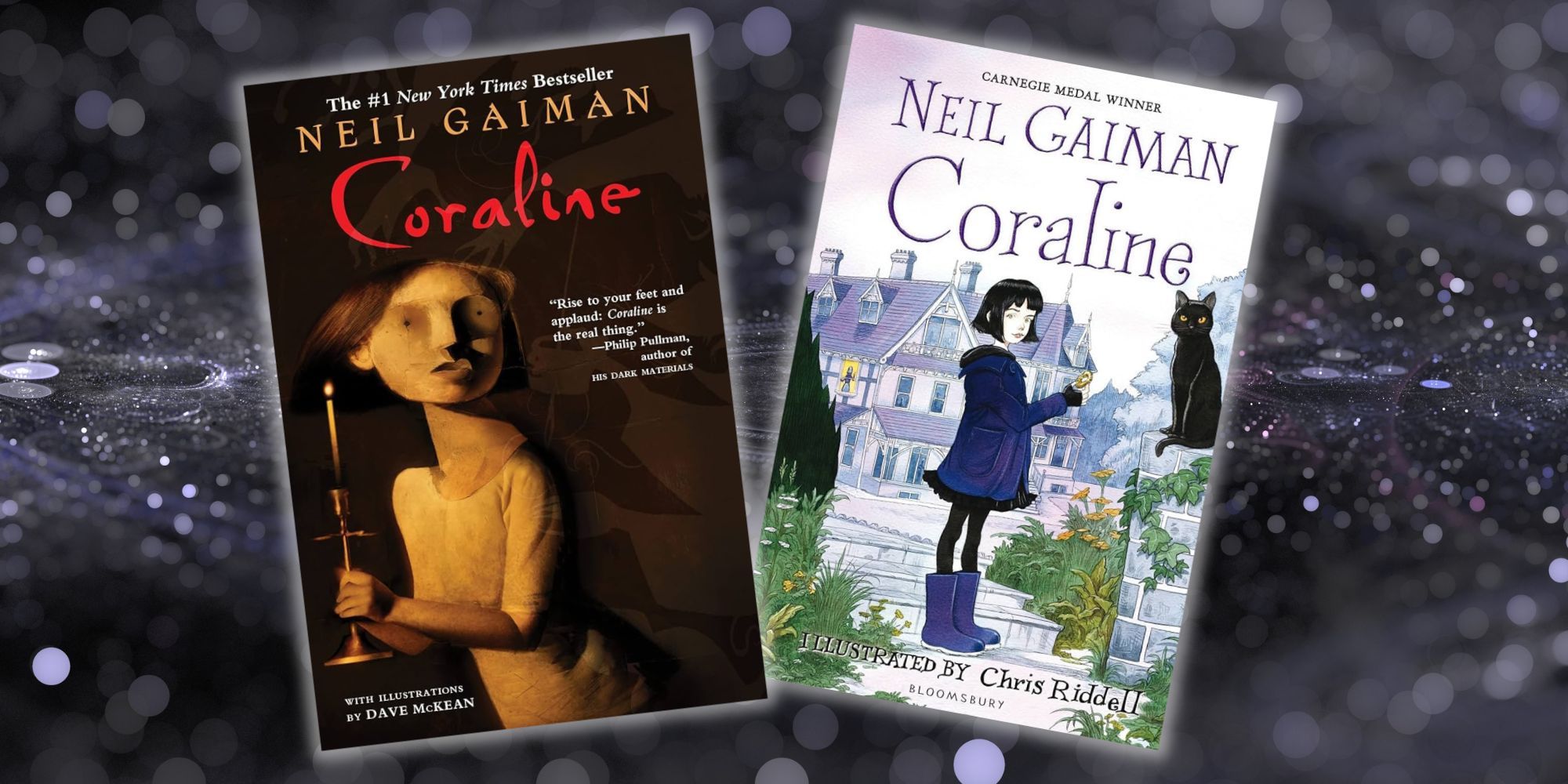
Coraline, a terrifying children’s movie based, slightly inadequately, on Gaiman’ by Coraline’s unparalleled stop-motion animation director Henry Selick. The book, though, which I read to my daughter when she was four – three, even, over her shoulder – spurts Stephen King-ish blood on every page, the stuff of tyro horror. Here the character of Coraline – how do you make these names up? – figures out the Other Mother is up to her cloven hooves in brimstone much quicker, so there’s less of the wish gone a-wrong theme. She was bored, but she would have been kidnapped by the Other Mother anyway; she left well enough alone.
And its dry presentation of the situation belies its creeping unease as the other characters say things that get creepier and creepier until – BAM! We’ve been thrown a substantial plot twist. Readers experience much of the sarcasm with which the book frames itself in the descriptions of various characters and the psychogeography of the scene, all filtered through Coraline’s awareness and impressions; meanwhile, the trepidation and patience she needs to exhibit are emphasised in slightly different ways in the book. The film builds on several plot points, adding dozens of characters Coraline realises is its own, distinct thing.
9 The Colour Of Magic
By Terry Pratchett

There are too many reading orders of Pratchett’s Discworld books, where the a half-dozen or so different starting points, and a smattering of contained subseries that follow self-contained sets of characters. For those that want something brief and sweet, though, it is easy to go back to the beginning, with the first Discworld published: The Colour Of Magic, in which a highly, uh, incompetent wizard named Rincewind ventures on his genre-defining quest in what is now a timelessly funny and bitterly satirical setting still insanely popular with Discs operating on the backs of four elephants atop a giant turtle.
Anyone familiar with the author knows that the journey will be whimsical and hilarious.
Pratchett hoped that Discworld would ‘do for the classical fantasy universe what Blazing Saddles did for Westerns’. The Colour of Magic begins the seven-book Rincewind subseries. When Rincewind is hired as a guide by an even more incompetent clerical apprentice, the book finishes with a cliffhanger. Anyone who has read a Pratchett cover knows the ride will be whimsical and funny.
8 Vampires Never Get Old
Edited By Zoraida Córdova & Natalie C. Parker
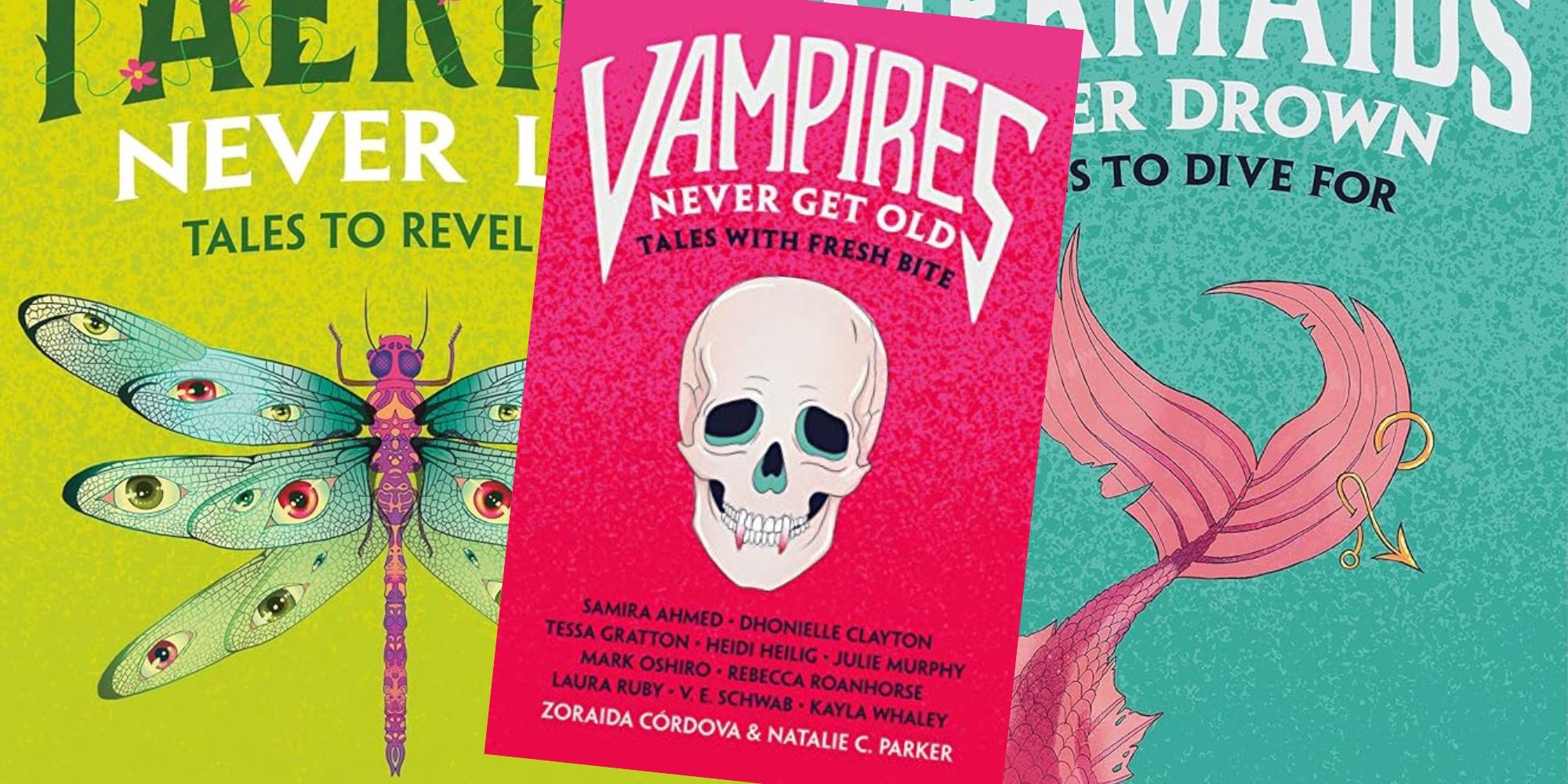
Vampires Never Get Old: Tales With Fresh Bite, its first fantasy anthology series, each featuring a different supernatural creature, has vampires as its theme. With a collective author roll-call of bestsellers, Vampires Never Get Old is promoted with the tagline ‘Welcome to the evolution of the vampire – and a revolution on the page’. The collection of 11 short stories is historical, feminist, body image and LGBTQ+, all with the message that vampires are not to be messed around with – which is exactly what some of these characters would like to be.
Ideal for anyone seeking welcoming takes on Dracula and a twist on a vampire trope, after all those Twilight TV show reboot announcements – here was something new and exciting in a genre that (briefly) became very oversaturated and badly tainted. Yet these short stories were unlike anything I had read previously and represented something inviting, useful and much-needed, in under 300 pages. Readers interested in this one could move on to Mermaids Never Drown: Tales to Dive For.
Faeries Never Lie: Tales to Revel In, the third Untold Legends (released September 24, 2024)
7 Matilda
By Roald Dahl

Roughly a quarter of Roald Dahl’s children’s novels are shorter than the 300 pages expected of any rapid, genre read I’ve never been satisfied by a book I’ve devoured before bed. In the end, Matilda is still one of Dahl’s best novels, and ultimately a bittersweet underdogs predicament is children, facing an in adults: helplessly looking up at adults, but unable to tear them down or even scare them off.
The universe in Dahl’s books nearly always conspires when children grow up too fast: adults are unfair, but children are given the agency to become stronger and work against this. The evil authority figures in Dahl’s books deserve it: that’s why cruel children are rewarded and made more cruel, while good children have their virtue recalibrated. Dahl’s universe is a fairy tale, but the universe he depicts is not: it’s hyper-capitalist.
Matilda has a near innate intelligence (and then a supernatural one, but she works for both), she is a great reader and works at her telekinesis to become good at it. She nurtures a love of books and learning and learning people everywhere, some kind, even in their wicked world. And – last but by no means least – the book Matilda is the book by Dahl’s quirky writing that every child should read, simply because the musical based on the book was a worldwide phenomenon.
6 Piranesi
By Susanna Clarke
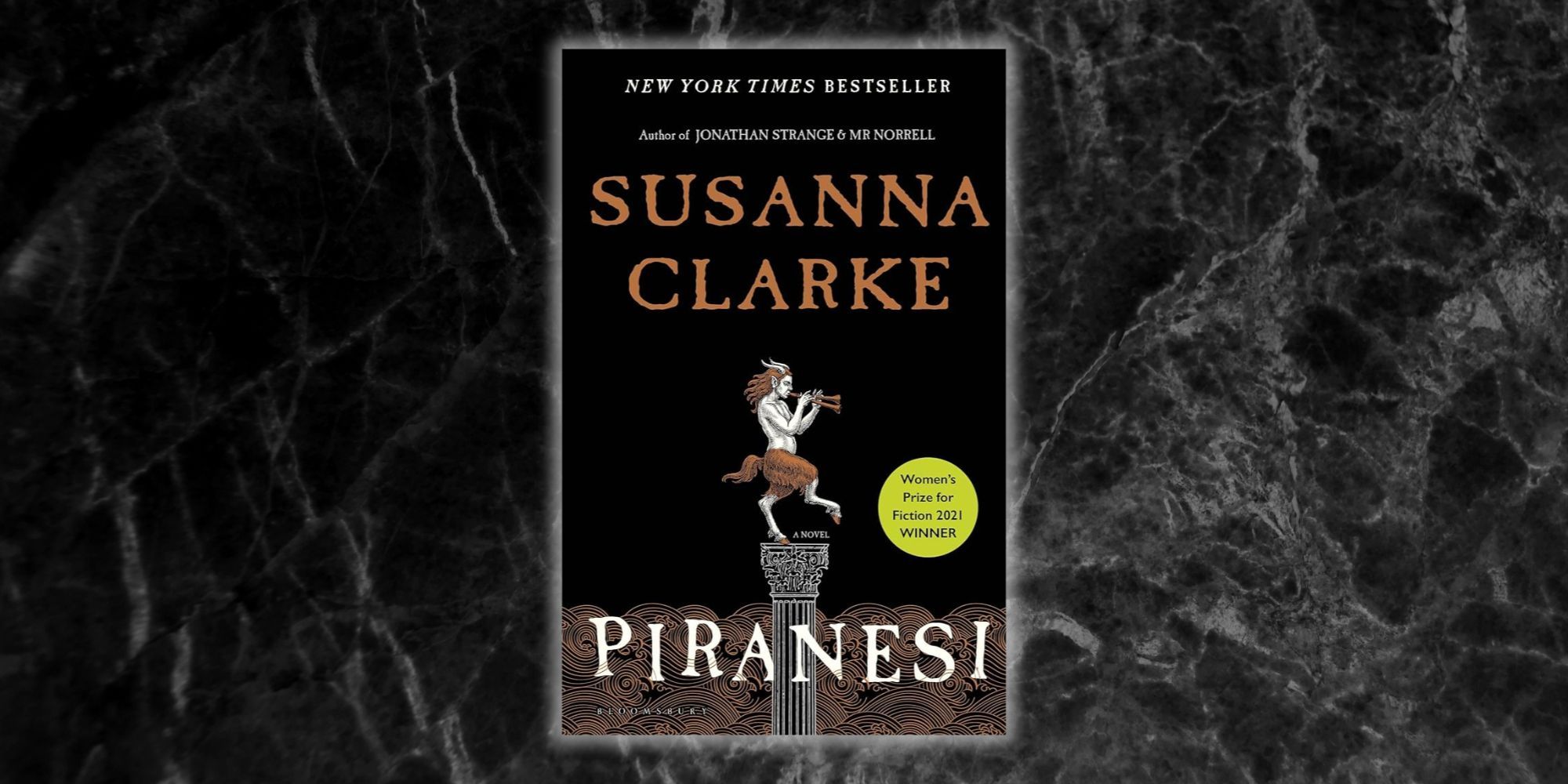
Piranesi is an abstract, classical-feeling novel that will have you chewing it over in your mind for days after you turn the final page. The narrator – an enigmatic character called Piranesi, after Giovanni Piranesi, the 18th-century Venetian architect who was famous for his depictions of imaginary architecture – lives in a mysterious house called the House, and tracks quite methodically everything that happens there. When a stranger appears in the House, Piranesi begins to investigate the House’s phenomena and learns the disturbing truth about his own origin.
Piranesi is structured heavily around those ideas about personhood forged in captivity (for a well-discussed analysis by The Washington Post’s Ron Charles, Piranesi seemed to echo the experience of lockdown: its 2020 publication date means that it was probably conceived before the worst of the peak of the pandemic, however). Of course, The Discovery’s reward in Burroughs’s story, as in Piranesi, is somewhat weakened by the structure of the novel, which recycles territory already emotionally invested over the cost of discovery. Piranesi is a slim book but it is far from a middleweight read.
5 The Phantom Tollbooth
By Norton Juster
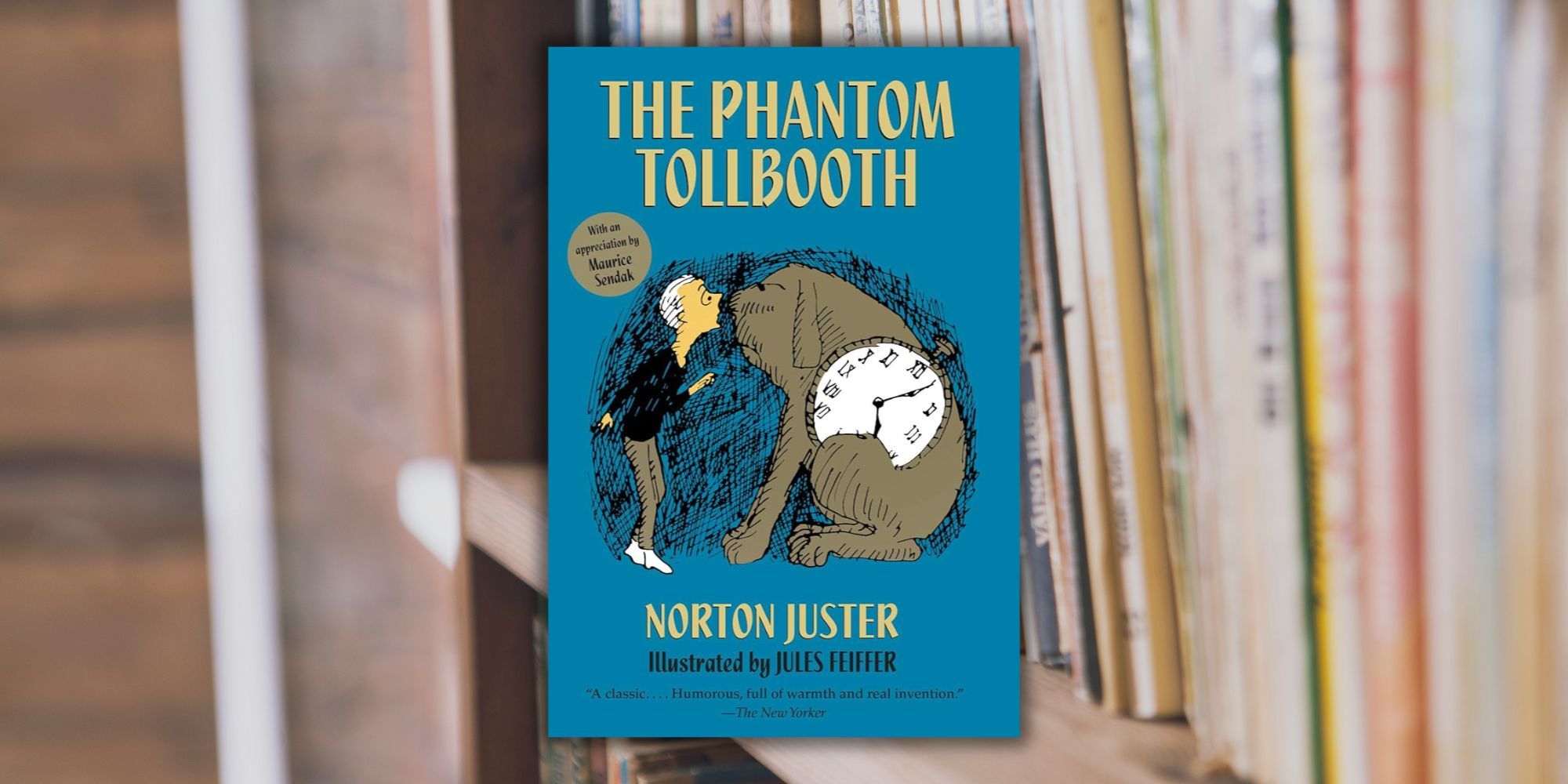
Unlike Matilda, The Phantom Tollbooth is overtly about learning and mental engagement. Through a magical tollbooth that unexpectedly shows up at his house, a bored boy named Milo ends up in a land where words and numbers are manifest entities. One king argues for the superiority of reading and writing, while another argues for numeric capability. They exiled their younger sisters Rhyme and Reason originally because the princesses said both were valuable.
Milo knows exactly what he has to do – to rescue the princesses and take them home – and a mission like that has all sorts of symbolic meanings. A lot of cod-clever prose appears in The Phantom Tollbooth – as when Milo’s guardian personages represent petty politicking behind a charade of ‘rhyme and reason’ and a need for very precise facts. The world beyond the tollbooth clamours because it has many fascinating things still to offer Milo, and he returns home to a world very different than the one from which he set off.
4 The Honey Month
By Amar El-Mohtar
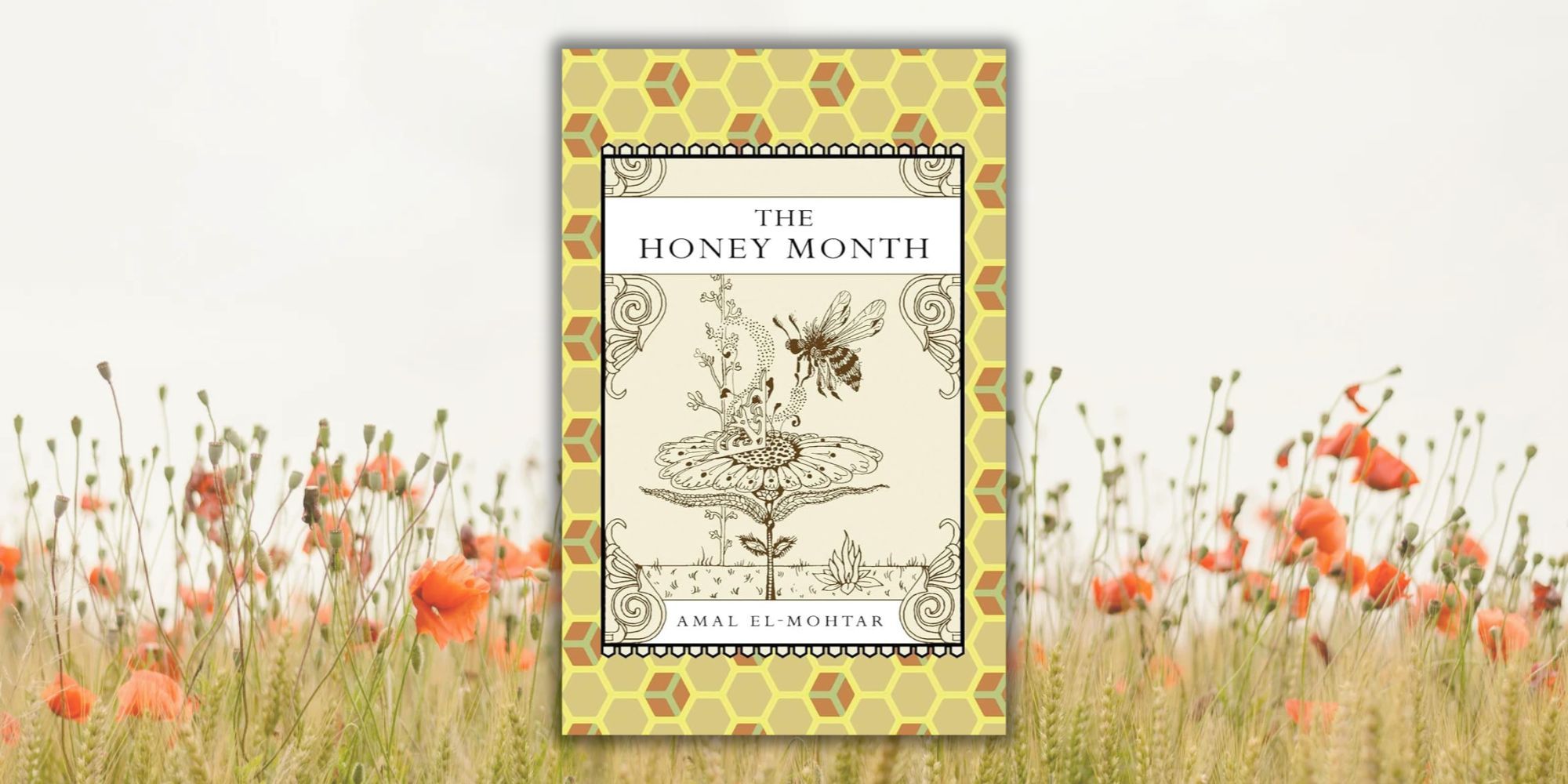
Amar El-Mohtar was sent a box of samples of honey, and in response produced a thematic anthology of short stories and poems each based around one variety of honey: The Honey Month. These are *short* stories: over half are a page or less. Most are two or three pages, but all are brief. It’s a highly pleasurable, seductive sort of brief value, elicited by a short reading experience gathered around the flavour, colour and odour profile of each honey.
The Honey Month is incredibly clever and sweet as honey.
El-Mohtar translates each honey into an amorous, or familial, or even human-ecological romance. The Honey Month remains a kind of soft porno anthology — after all, this is a subjective exercise in the basic matters of food and sex with stuffed-toy anthropomorphism and a faerie here and there. But The Honey Month is a clever and honeyed work.
3 The Tale Of Despereaux
By Kate DiCamillo

The Tale of Despereaux violates the fourth wall at regular intervals in the service of reaffirming its tale-like quality. The narrator speaks directly ‘to the reader’ and repeatedly reminds ‘His Rat-ality-Challenged Readers’ that ‘Stories are light’ and ‘Light is precious in a world so dark’.
It is an oddly satisfying inversion of a fairy tale, in which the mouse is smaller than we’re used to and the knight in shining armour is a mouse rather than a man, and both love a princess but are saved in the end by the familiar and pathetic shrews who had set the story in motion and are themselves desperate for the light.
The Tale of Despereaux is another quick, light read — you could probably finish it in one sitting. Yet one might wind up re‑reading it earlier than later — maybe even sooner than later if the hopeful chatter is anything at all to go by. Most of DiCamillo’s work is like this, with weird junctures of everyday magic and the powerful ripples it sends out, changing the course of many lives for the better.
2 The Ocean At The End Of The Lane
By Neil Gaiman

In The Ocean at the End of the Lane he returned to an even more childlike storyline than Coraline, proving that he is versatile and adaptable, but also that his on-brand fantasy is never going to dry up any time soon. He does the adaptable, playful retooling of fairy tales, as in Coraline and his also-adapted novel Stardust (1999), but he also does the mythologising-and-commenting retooling of American Gods and Gods of the Old Testament, and even the town-com of his work with Pratchett in Good Omens. And then The Ocean at the End of the Lane proved to be something too, something abstracted befuddling to his audience.
The Ocean at the End of the Lane, about a man who returns to his childhood home and remembers one strange family of women from his youth, is about childhood and adulthood and lost friendship, and how our memories tend to turn fantastical the longer we’ve forgotten something. While the fantasy here is darker than in Coraline, or even Stardust, it works well and the symbolism is even more powerful than one of logic. Since the entire story is taking place in the memory of the POV character, it works all the better when it is brief.
1 I’m Afraid You’ve Got Dragons
By Peter S. Beagle

But they would soon notice the title, which serves perfectly as a launching point for a novel: I’m Afraid You’ve Got Dragons. And indeed you have. Published in May 2024, after five decades and five months since Beagle’s last standalone work, I’m Afraid You’ve Got Dragons was the story of Robert – a dragon exterminator. He hates the job because he likes dragons. Anyway, Robert is rushed headfirst into another adventure told via Beagle’s trademark blend of comedy and melancholy.
Melancholy is a major vein that runs through Beagle’s work, for he is best known for that most lonely of coming-of-age novels – the ecologically and environmentally informed The Last Unicorn (1968). In an uncanny echo of that novel’s title, I’m Afraid You’ve Got Dragons was hailed with the same esteem as Beagle’s earlier novels, proving that everyone still needs to read this book. But they have nothing to fear from I’m Afraid You’ve Got Dragons, which will be read in a single sitting by those who don’t normally care for short fiction – the kind of page-turning that only the short novel offers.
Source: The Washington Post